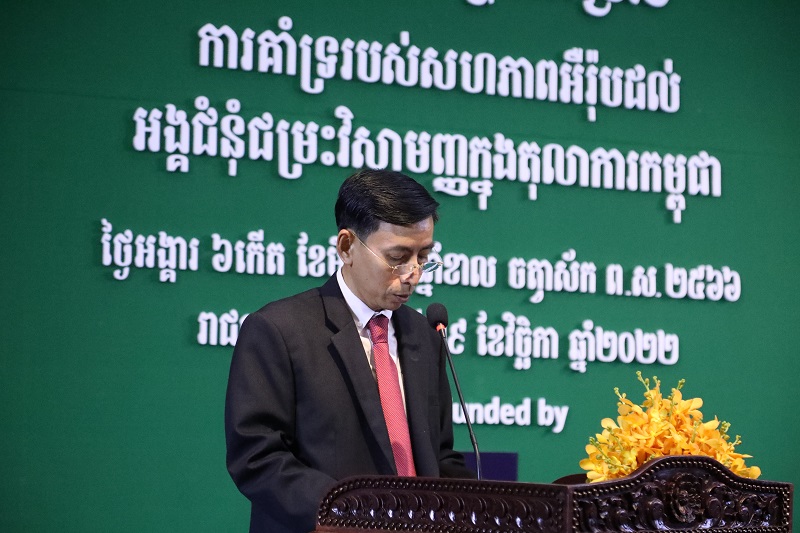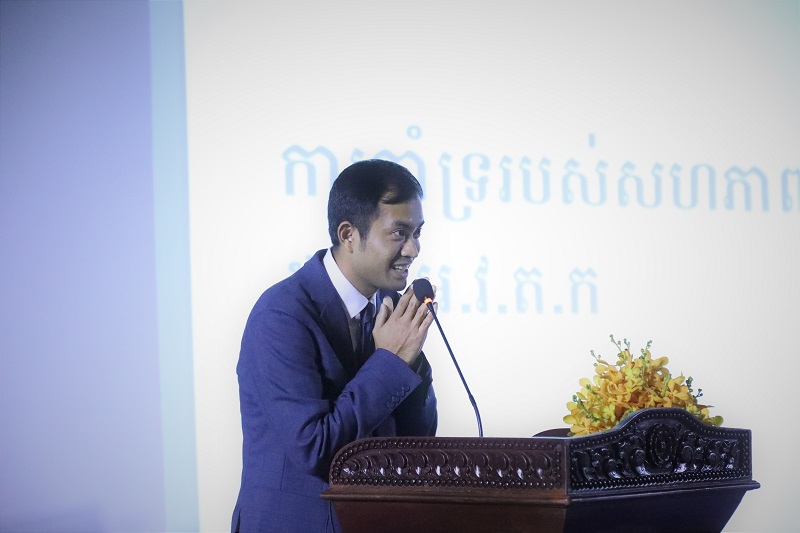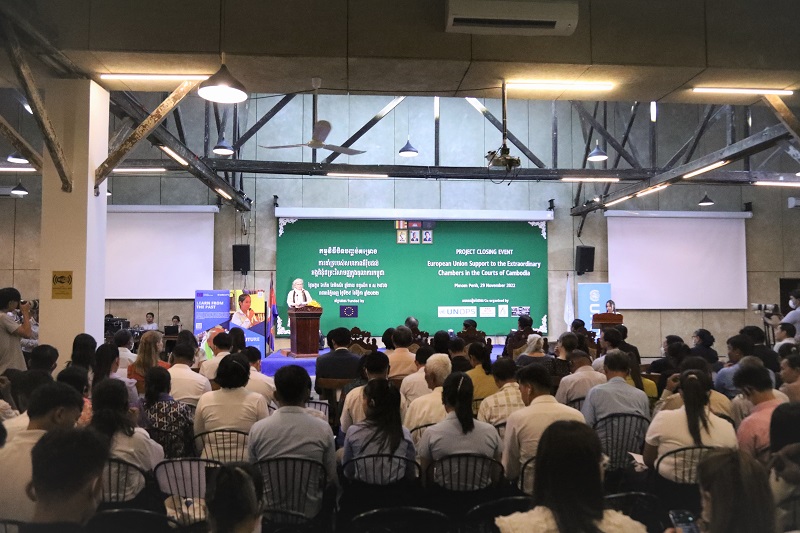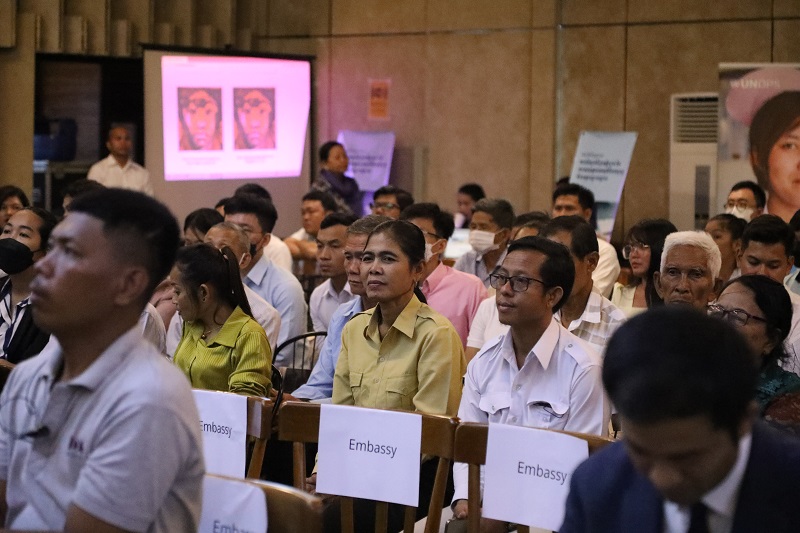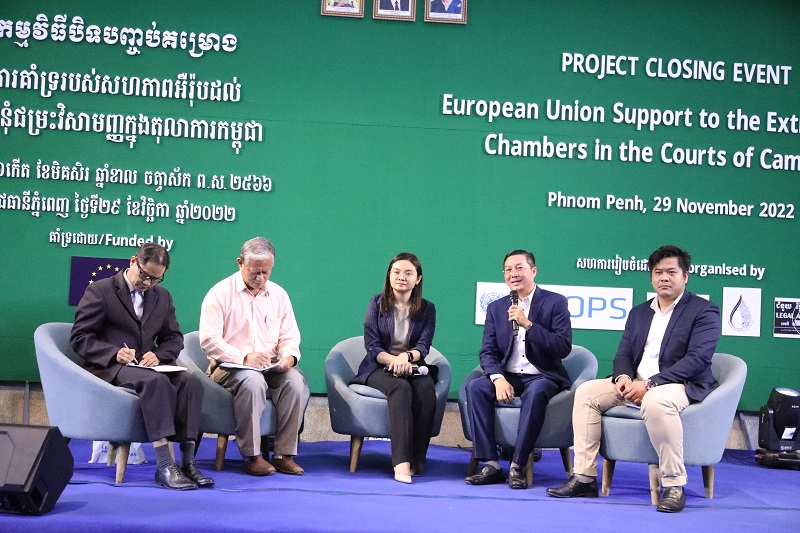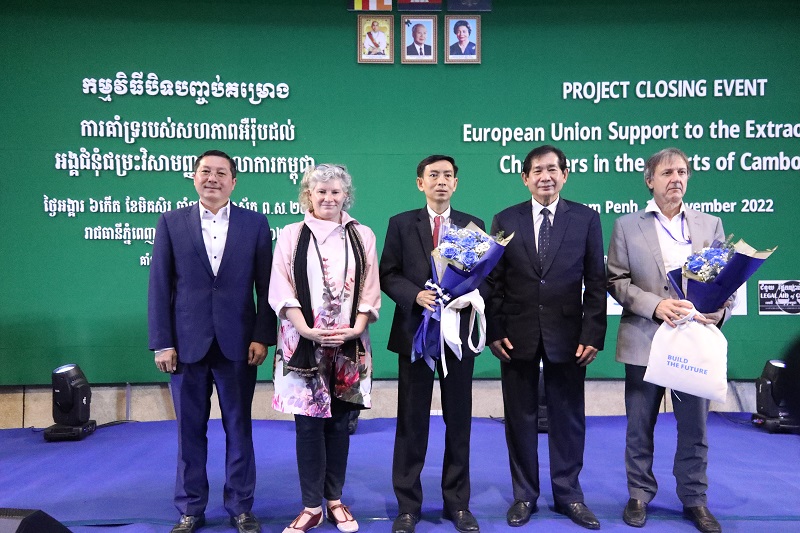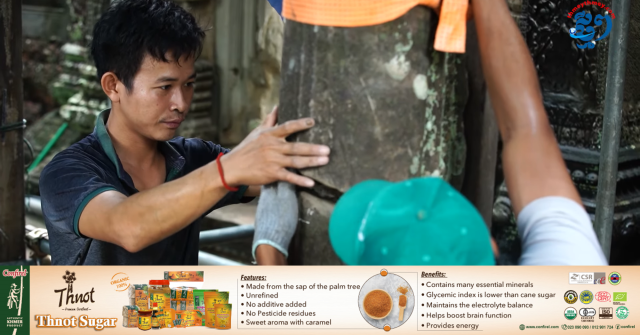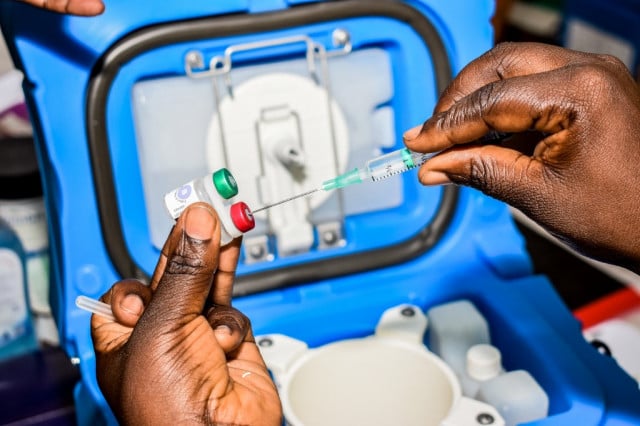Learn from the Past, Build the Future-the Conclusion of the EU's Support to the Extraordinary Chambers in the Courts of Cambodia
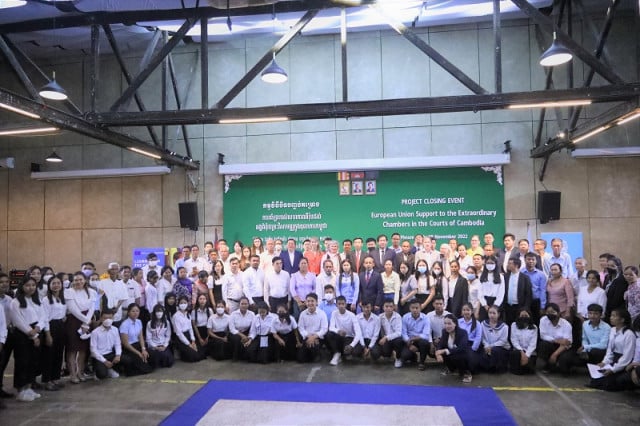
- By Paid Content
- November 30, 2022 2:55 PM
The long-standing development assistance programme will be concluded on 31 December 2022. Since 2010, the Delegation of the European Union to Cambodia (EU) has provided financial support to the Extraordinary Chambers in the Courts of Cambodia (ECCC) through UNOPS Cambodia. The EU is one of the main contributors to the ECCC, equal to about 10 per cent of the overall court’s expenditures.
From July 2020 to December 2022, an amount of EUR 5 million covered the remuneration packages for national and international personnel and civil society organisations such as Legal Aid of Cambodia and Kdei Karuna Organisation in consortium with Tuol Sleng Genocide Museum in order to increase awareness and education about the Khmer Rouge history.
The programmes have been carried out through outreach activities, memory works, intergenerational dialogues, oral history collections and an e-learning platform, among others, reaching nearly 2,000 rights holders who are Khmer Rouge survivors, students, and teachers in eight provinces in Cambodia.
Speaking about the closing event, Sharon LEWIS, Head of Programme and Country Director ad-interim, said, “We believe that our collective efforts have made impacts and changes, not only for the victims of the crimes committed during the Khmer Rouge but also by building linkages between older and younger generations through intergenerational dialogues and capturing oral histories which are essential for building lasting peace in Cambodia.”
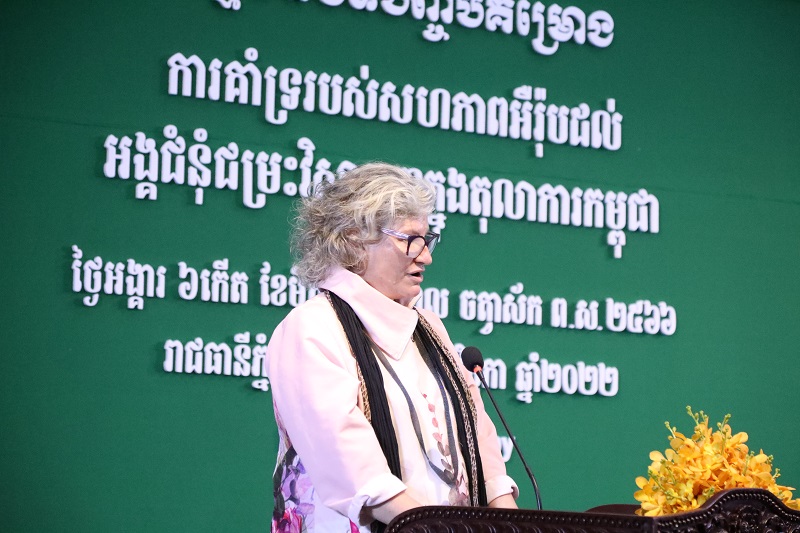
His Excellency, Sonnara PRAK, Secretary of State of the Ministry of Culture and Fine Arts, said, “Khmer Rouge history remains in the memory of many Cambodians who had gone through the regime of 3 years, eight months, and 20 days. That’s why the Tuol Sleng museum carries a mission to raise awareness of the Khmer Rouge among youths. It aims to preserve the history, remember those who had died, and prevent the recurrence of the genocide by preserving crime sites and reflecting the history.”
